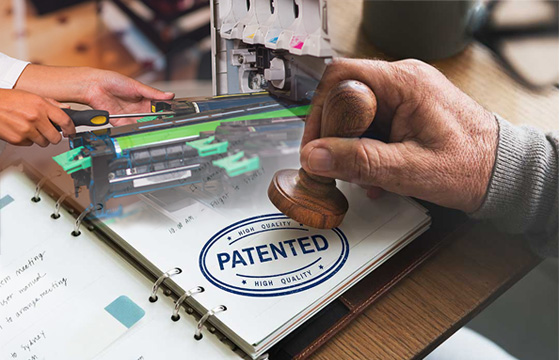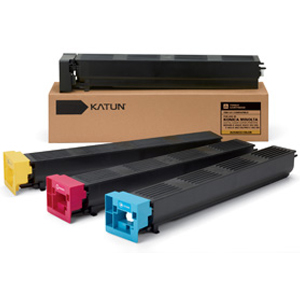US Supreme Court Redefines Rules for False Advertising Claims
 All nine justices in the Supreme Court have ruled that components manufacturer and distributor Static Control has the right to sue Lexmark on the grounds of false advertising arising out of Lexmark’s Prebate program.
All nine justices in the Supreme Court have ruled that components manufacturer and distributor Static Control has the right to sue Lexmark on the grounds of false advertising arising out of Lexmark’s Prebate program.
According to National Law Review, the US Supreme Court’s decision has set forth a bright-line test for the right to sue for false advertising under the Lanham Act. The new standard requires the plaintiff to demonstrate (1) that its injury falls within the “zone of interests” protected by the Lanham Act, and (2) proximate causation of that injury by the defendant’s misrepresentations.
As per the Court, the “zone of interests” refers to a commercial interest in sales or business reputation. The new standard does not require that the plaintiff making the false advertising claim be a direct competitor of the defendant.
Rick Ethridge, Director of RemanFan.com, told Recycling Times, “Prior to this ruling only Direct Competitors were permitted to file false advertising lawsuits against each other. Now, any company within the same ‘Zone of Interests’ can file a false advertising lawsuit. The plaintiff must allege injury to a commercial interest in reputation or sales. Also, the plaintiff must establish proximate cause, namely, that there is ‘economic or reputational injury flowing directly from the deception wrought by the defendant’s advertising; and that that occurs when deception of consumers causes them to withhold trade from the plaintiff’. Think of an OEM running full page advertisements in the Sunday Newspaper across the US claiming that 7 out of 10 remanufactured cartridges fail. It is the dawn of a new day for the Cartridge Remanufacturing Industry.”






Leave a Comment
Want to join the discussion?Feel free to contribute!